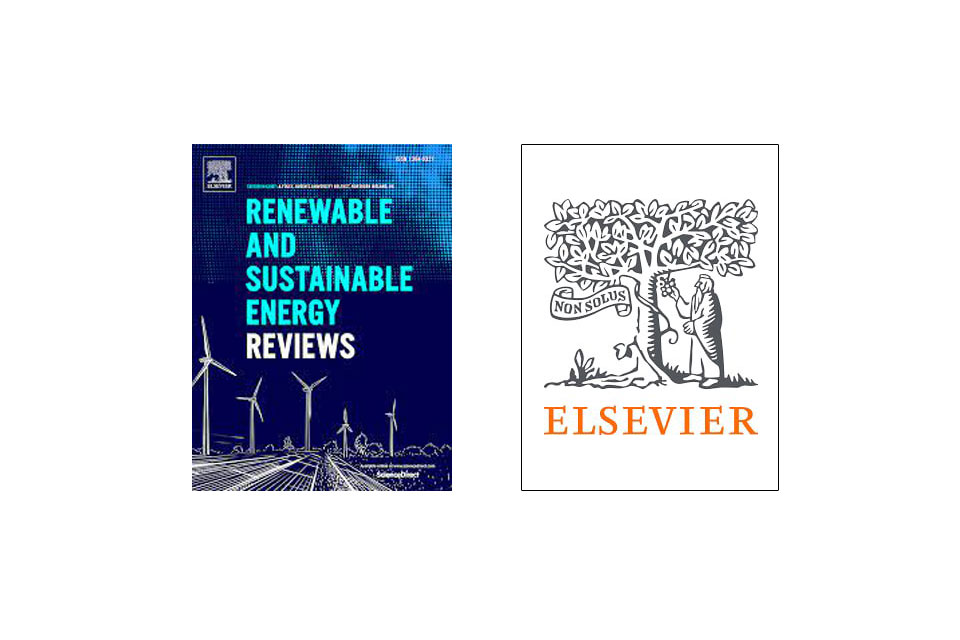The EASY GEO-CARBON team has published a review paper on chemo-hydro-mechanical effects of CO2 injection on reservoir and seal rocks. The paper is open access and can be downloaded here.
Geological carbon storage is one of the technologies required to arrive at the ambitious yet realistic net-zero emission target and climate change neutrality. Injected CO2 in geological formations acidifies the resident brine, inducing chemical reactions with the minerals. Reactions may alter the hydraulic and mechanical properties of the rock and have an impact on reservoir and wellbore integrity, reservoir injectivity, long-term compaction and caprock sealing capacity. We provide a comprehensive review of chemo-hydro-mechanical (CHM) effects of CO2 on the reservoir and sealing rocks, either intact or fractured, which have been studied through laboratory experiments under no-flow and open-flow conditions, i.e., batch and flow-through experiments.
The hydraulic and mechanical rock properties affected by geochemical processes comprise (a) physical properties influencing the flow and transport of solutes (pore size distribution, porosity, permeability and fracture aperture and roughness), (b) multi-phase flow properties (capillary entry pressure and relative permeability), (c) mechanical characteristics, including stiffness (i.e., elastic moduli for intact rocks and normal stiffness for fractures), strength (cohesion, friction angle and fracture toughness), and poroelastic response (Biot’s coefficient), and (d) time-dependent behavior of the rock (compaction creep).
The experiments alone cannot capture the complex dynamics of CO2 flow underground, but they provide critical insights into short-term alteration mechanisms of rock with implications to geologic CO2 storage. Studying naturally altered rocks, extending the experiments to tens-of-meters-scale underground rock laboratories, and bringing together experimental observations and numerical simulations are valuable for the advance in the understanding of CHM processes and upscaling them across space and time.

